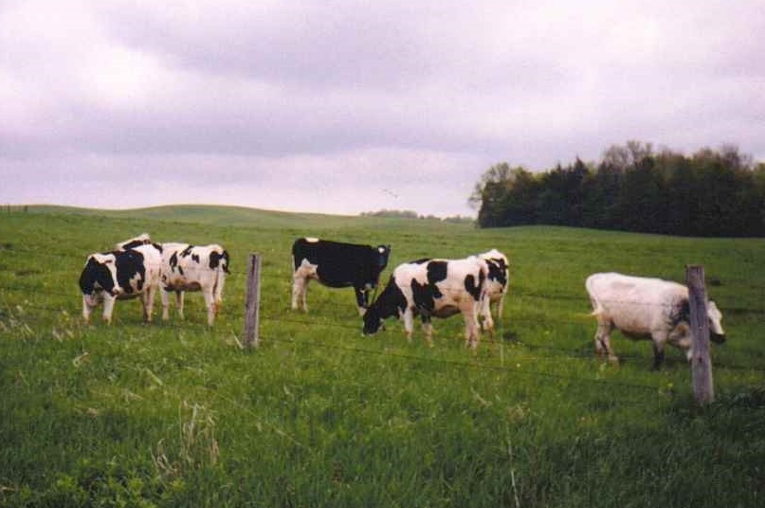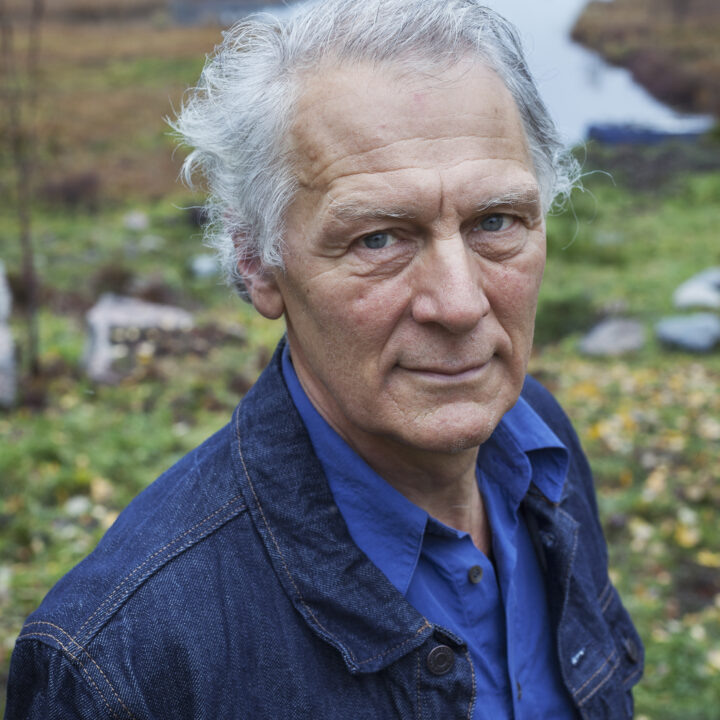While there are many environmental and ethical reasons to criticize industrial forms of livestock production, there are no valid reasons to shun the rearing of livestock in general. One can of course discuss how large populations of various animals should be as well as how a responsible and sustainable production and consumption can look like. But such an intelligent discussion must be based on a proper analysis of the strength and shortcomings of livestock keeping, and must be context specific as the agricultural conditions vary enormously. What is sustainable in one place may be a disaster in another place.
The two most frequent misconceptions about livestock in general and and ruminants (cattle, sheep, goats etc,) in particular are their climate impact and their land use. I have discussed the climate impact of livestock many times. An article on Our World in Data made me write to them and point out significant errors about land-use by livestock:
———————————-
To Our World in data
Comments on the article, ”If the world adopted a plant-based diet we would reduce global agricultural land use from 4 to 1billion hectares” by Hannah Ritchie, March 04, 2021
I believe the article is very misleading for a number of reasons:
- In the text and graphic there is some distinction made between arable land and grasslands. But overall most readers will understand “agriculture land” as croplands.
- The figure used for “pasture”, 2,8 billion hectares, exaggerates the actual land use by domestic livestock. Jinfeng Chang et al 2021 Climate warming from managed grasslands cancels the cooling effect of carbon sinks in sparsely grazed and natural grasslands estimate the area grazed grasslands to 1,65 billion hectares.
- The average grazing intensity of the managed grasslands was estimated by Chang et al (2021) to just 16%, meaning the there is plenty of space for other species. Many of the managed grasslands are important habitats for other (endangered) species and grasslands provide many important ecosystem functions. This is also a very important difference between croplands and grasslands. To describe grasslands as being primarily production areas for livestock is comparable to describing coastal waters as fishing grounds, disregarding all other important functions of those areas.
- The graph of global land use claims that 43% of the global crop land is used to produce animal feed. This figure is misleading. I believe the best estimate is found in Mottet et al 2017 Livestock: On our plates or eating at our table? A new analysis of the feed/food debate. Some 210 million hectares of cereal production is used for livestock feed, in addition 66 million hectares are used for the cultivation of hay, silage and other fodder crops. Together that makes 275 million hectares of land used for crops dedicated to feed production, slightly less than 20% of all arable land. If you add the proportion of feed coming from other crops (e.g. the straw or chaff from grain grown for food or oil seed cakes) one could consider that another 260 million hectares are used for feed production. But in the context of “people could eat what is eaten by animals” it makes little sense to add these as the alternative use of these residues and by-product is as energy, industrial raw materials or fertilizers and not food for humans. It would also be appropriate to indicate the important nutritional contribution of animal sourced foods, which contribute around 32% of all proteins and 37% of all fat in the global food systems.
- The graph also fails to describe that approximately 10 percent of global cropland is used for bio-energy, fiber and other industrial uses.
- Apart from the factual shortcomings in the figures, the statement that “80% of all agricultural land is used for meat and dairy production.” disregards the many other roles of livestock. Many hundred million heads of cattle, buffaloes and camels are used for carrying loads and plowing the land, increasing the ability of poor people to grow food. Livestock manure is used as fuel and construction material. Wool, leather, many different kinds of hair are very important materials found in everything from world cup footballs to cashmere scarfs. Livestock also provide banking services and has cultural and religious values.
- The claim that land use could be reduced by 75 % in a vegan scenario is not properly demonstrated by Poore and Nemecek (or anyone else).
- The proposed diet (supplementary table 14) is not realistic. Suggested consumption of pulses is for example much higher than the current consumption in almost any country. The huge consumption of nuts, tofu and soy milk is a purely theoretical construct, also not taking into consideration allergy, culture or affordability of such foods.
- The socio-economic impact of making even more people dependent on oil crops and soy produced in a few regions in the world and the loss of livelihood caused by this is not analyzed at all.
- Climate, soils, pests, nutrients and markets determine to a large extent what farmers can and will produce. Crop rotations are required to control many disease. There is no analysis of whether the global agriculture system actually can produce the proposed diet.
- The diet has many foods which have co-products which currently are used for animal feed. Currently land use is allocated to the animals eating them as in the case of rape seed cakes, wheat bran, soy meal, dregs and many other products (see point 4). But if there are no animals the whole land use must be allocated to human food. The most striking example is that in the proposed diet there is calculated with an increase in soybean oil consumption. This means that soy production must expand even further and no land is saved for soy production.
- There is not a proper analysis of if the proposed vegan diet will be nutritionally satisfactory.
- There are, on the contrary, several research articles showing that land use will be less with a certain (rather small) proportion of animal foods. See for example Zanten, Hannah et al 2018, Defining a land boundary for sustainable livestock consumption and Peters, Christian J. et al 2016, Carrying capacity of US agricultural land, ten diet scenarios. The reason for this is the efficient use of by-products by animals.
Finally, it should be noted that the scenario by Poore and Nemecek 2018 includes the abandonment of all pastureland, which means the prohibition of pastoralism as a livelihood. Pastoralism constitute the livelihood and identity of hundreds of million people and the land has almost no alternative food producing use. A scenario without livestock would functionally amount to genocide. It is irresponsible of Our World in Data to promote such a scenario.
——————————
There are obviously many more things to say about land use and livestock. A frequent criticism is that land is cleared in the rainforest for grazing cattle. While one can discuss exactly how much cattle is to blame for deforestation, it is a fact that global grassland area has not expanded at all since 1860: the expansion of grasslands in some parts of the world is offset by reductions in other parts.
Lifecycle analysis, the method used for the calculation by Our World in Data and their main source, is fairly useful for analysis of industrial production but largely unfit for analyzing the complexities of food and agriculture. Recent research in Europe demonstrate, for instance, that while ruminants according to life cycle analyses use much more land than chicken, a circular food system in Europe can have a much higher share of ruminants and pigs than of chicken, because chicken mostly eat farmed crops.
From a bigger picture perspective it is probably a bigger ecological shortcoming that there are not enough herbivores grazing in the grasslands of the world. Preferably a lot of them should be wild ones (deer, bison, buffaloes etc.) as there are far too few of them left. The interaction between wildlife and domestic livestock is complex and undoubtedly there are cases where they are in direct competition, but often they are complementary, so there need to be no conflict between them (the question of predators is even more complex and complicated). In my own farm, our few cattle live in a peaceful co-existance with flocks of geese, roedeer, wild boars, foxes, hares, a lynx and the odd elk, not to mention the legions of much smaller herbivores (grasshoppers and alike). There are much more conflicts between wildlife and our cultivation of vegetables and apples trees.
The notion that the best for the climate and biodiversity would be to plant grasslands with trees is in general unfounded. For sure there are such instances, but most grasslands are grasslands because the conditions are not conducive to trees. There is also no reason to make such a strict distinction between grasslands and forests, there are many biomes in between a pure grassland and a dense forest. A wooded savanna or a European mosaic landscape is as natural as a steppe, a prairie, the taiga or the rainforest.
P.S. I have got no reply from Our World in Data…..
Teaser photo credit: https://commons.wikimedia.org/wiki/File:Dairy_Cows,_Collins_Center,_New_York,_1999.jpg






